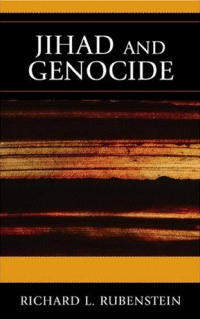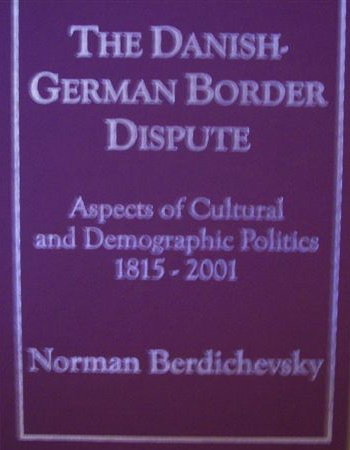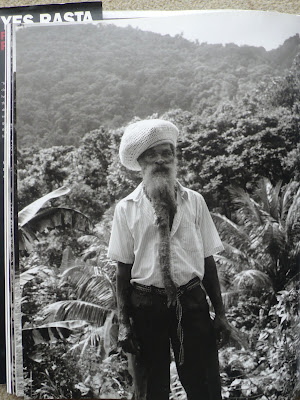Two entrepreneurs -- Richard Prince the "artist" and Larry Gagosian the swell who sells both art and even more "art" -- are on their uppers, at least a little, after the recent decision in Cariou v. Prince et al. The opinion in the case proves that, for now, there is a God.
Here's the story from The Wall Street Journal, March 25, 2011:
When Appropriation Masquerades as Reconceptualized Art
Richard Prince has long reveled in his pose as a postmodern pilferer of other people's images—in being what's known as an "appropriation artist." Most famously, in 1980 he began taking pictures of Marlboro Man magazine advertisements—rephotographing them—stripped of logos and text. And now his sticky-fingered status has been officially confirmed by U.S. District Judge Deborah Batts, who slammed him this week for not just appropriating, but misappropriating, dozens of works from another artist. The ruling has the art world's appropriators reeling—one blogger called the ruling "kafkaesque"—as the rarefied, anything-goes realm of conceptual art runs up against the hard-nosed realities of intellectual-property rights.
Patrick McMullanRichard Prince in 2008.
The images Mr. Prince used for a 2008 show in Manhattan came overwhelmingly from a book, "Yes, Rasta," by French photographer Patrick Cariou, who had spent six years taking pictures of Rastafarians in Jamaica. Mr. Prince made photographic copies of dozens of these images, blew them up and then added his own touches. Some he simply distressed or tinted. To others he added some paint or collaged in bits of other appropriated images: For instance, he drew some sunglasses on a Rasta man in the jungle and put an electric guitar in his hands. Mr. Prince and his agents, the Gagosian Gallery, were able to sell and barter these works for close to $20 million.
Mr. Cariou understandably cried foul. It wasn't just that he wasn't seeing any of those millions for what was, in large part, his work. A gallery owner who had planned to exhibit the original Cariou photos balked after the Prince show because, as she told the court, "she did not want to exhibit work which had been 'done already' at another gallery." Mr. Cariou's work hadn't just been lifted, the judge ruled, but "usurped."
Artists down through history have, consciously or not, drawn on the work of other artists—but they reworked their borrowings into something uniquely their own. Appropriation artists take this practice to an extreme in leaving what they take largely intact. Attitude and intention count for much in this genre. The artists who present other people's images are praised for engaging in subversive gestures expressing deep thoughts about the meaning of art or society.
The casual observer might be forgiven for mistaking the image as a mere copy of an existing one. But no, there's ever so much more going on out of sight—radical reconceptualizations, jarring contextual shifts, commentary on the meaning of meaning and all that other metajazz. We're supposed to recognize that the value added is in the appropriator's new, challenging and revealing big-think perspective on the image being reproduced. Or at least that's the conceit.
So, delightfully, Mr. Prince was put under oath and asked just what important idea he was expressing in doodling over Mr. Cariou's photographs. Even a little idea—something, anything—would have done, the judge suggests in her ruling.
And yet, asked what he had in mind when he superimposed sunglasses and a guitar on one of Mr. Cariou's Rastafarians, this was the best Mr. Prince could come up with: "[H]e's playing the guitar now, it looks like he's playing the guitar, it looks as if he's always played the guitar, that's what my message was."
The judge was unimpressed. Mr. Prince has been ordered to hand over to Mr. Cariou the paintings that remain, and to tell the owners of the works already sold that they cannot be legally displayed (which means those collectors are going to be demanding their money back).
The ruling is a major blow to the appropriationists. The prospect of losing future litigation could make gallery owners and museums more than a bit leery about presenting such work. The Gagosian Gallery made millions selling Mr. Prince's Cariou-derived series, and the court is treating them as if they were from the sale of stolen goods. The gallery and its owner "were aware that Prince is an habitual user of other artists' copyrighted work, without permission." And yet they continued "their commercial exploitation of the Paintings after receiving Cariou's cease-and-desist notice." The judge ruled that the Gagosian defendants had acted in bad faith, and that doesn't exactly bode well for them when it comes to the question of damages.
There will be artists and critics who decry the chilling effect this will have on galleries' willingness to sell appropriation art. But a liability-shy gimlet eye might ultimately be good for artists: Having to prove to the galleries that their work is truly transformative and not just a copy means the appropriators will have to strive to be demonstrably creative. Artists who believe that anything they do is, by definition, an act of genius are on the road to creative complacency. Might too much artistic freedom—such as an unlimited freedom to steal others' work—breed lazy and insipid work?
If the court's ruling in Cariou v. Prince et al forces appropriation artists to be prepared to demonstrate some bare minimum of originality, their relationship with the works they're borrowing might just be healthier.





































